Meet CHIHO HARAZAKI | Tape artist

We had the good fortune of connecting with CHIHO HARAZAKI and we’ve shared our conversation below.
Hi CHIHO, do you have any habits that you feel contribute to your effectiveness?
I tend to overwork myself, and that tendency has helped me to be productive. I moved to the U.S. by myself about 13 years ago, and I didn’t have many friends. I am also very introverted, so I had a limited social life and the only thing I really loved to do was to create art. Converting an idea into a visual form is time-consuming and arduous for me. My creative process involves excavating, discovering, and perceiving myself through discussions within myself. At the same time, focusing on art helps me to live in the present moment, reducing feelings of stress, anxiety, and depression, and bringing me a sense of fulfillment and well-being. Also, Japanese society has a tendency to consider idleness as laziness, and for better or for worse I actually feel guilty when I am not working or I am “just doing nothing.” It is more comfortable for me to keep working. Overworking myself definitely resulted in creating more art pieces, but I learned that resting improves my physical and mental health and that social activity is an important factor in becoming successful.
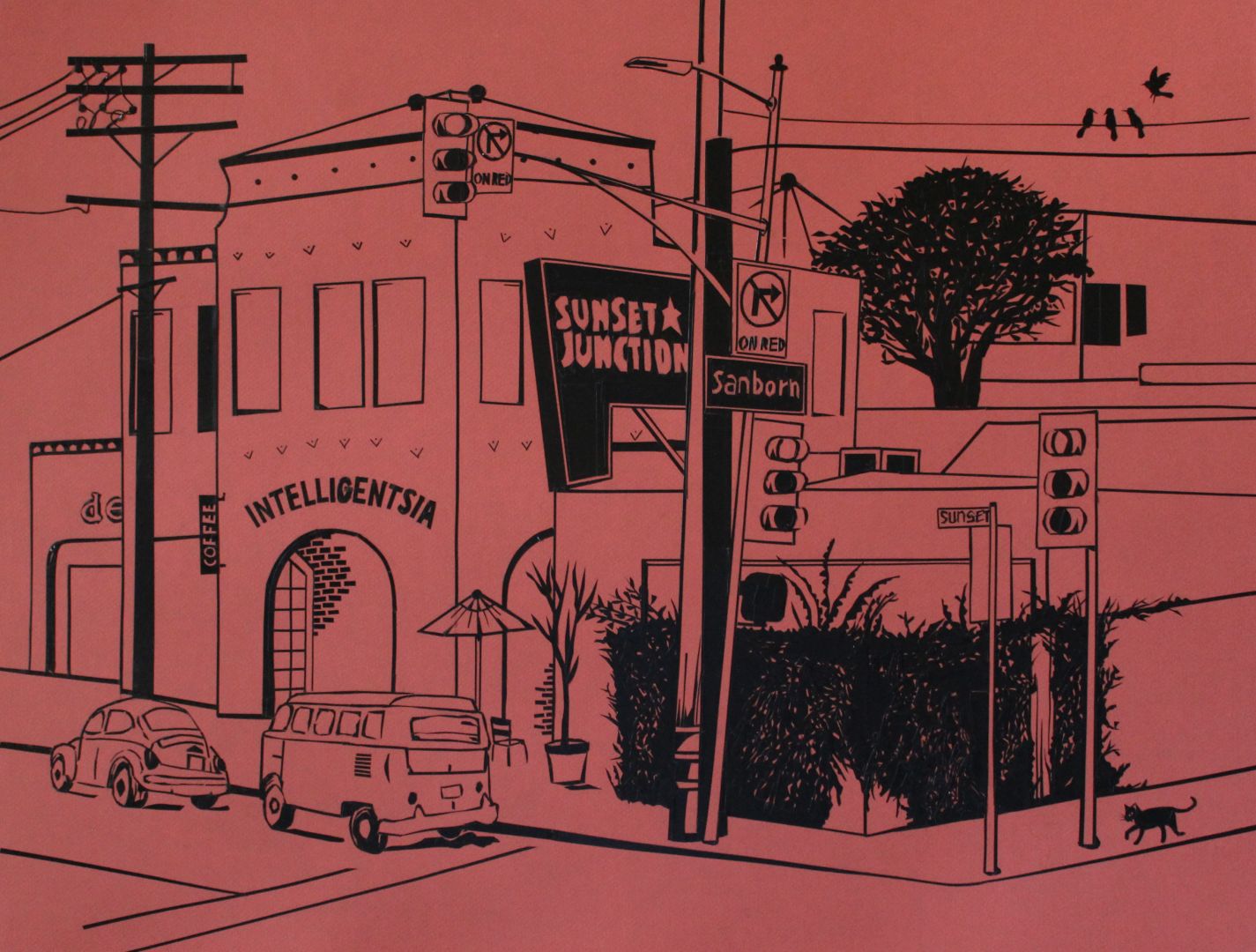
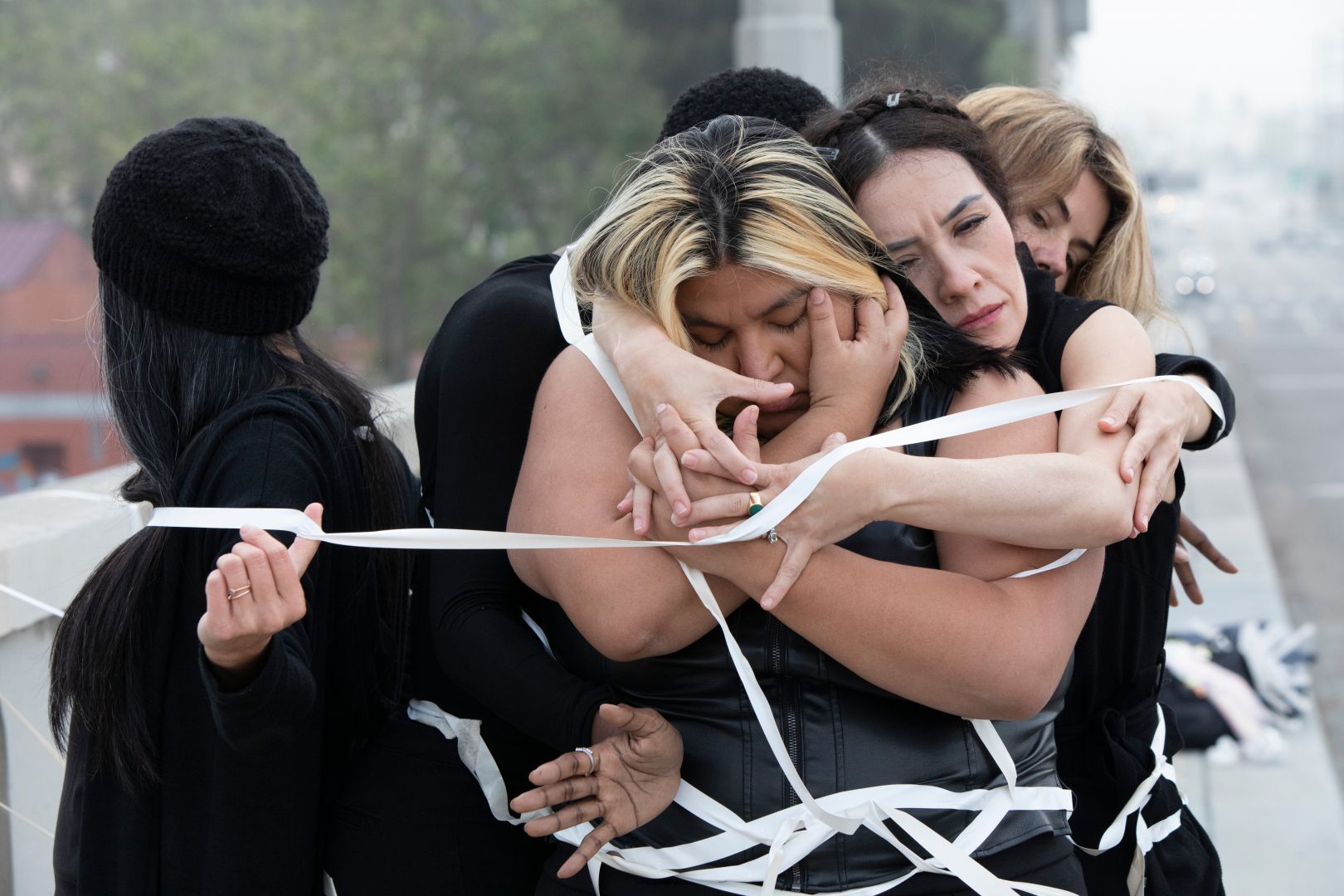
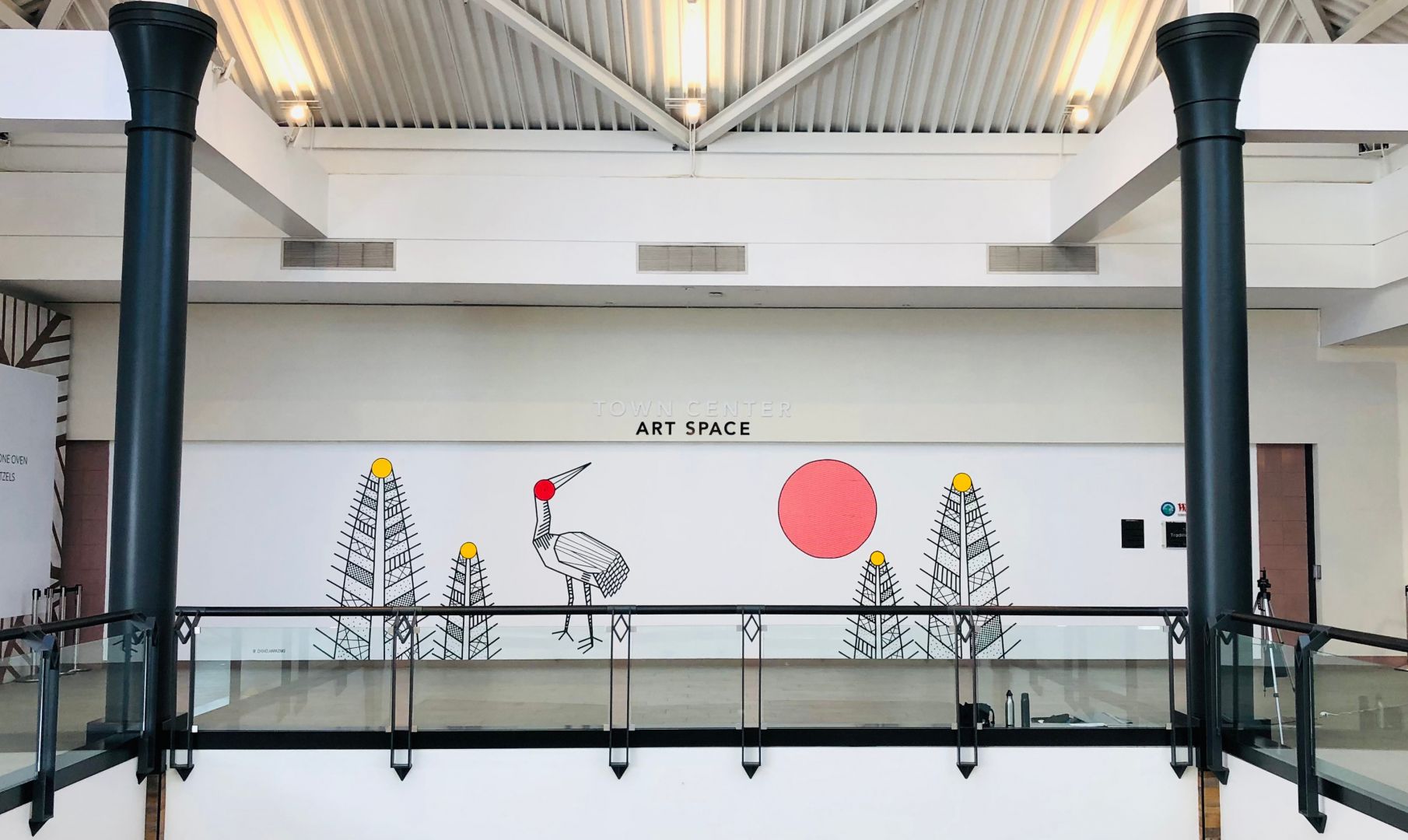
Let’s talk shop? Tell us more about your career, what can you share with our community?
Instead of ink or paint, I draw with tape. I use electrical tape, duct tape, masking tape, fluorescent tape, washi tape, and more. Each kind of tape has different characteristics and gives its unique texture to my work. I cut adhesive tape into shapes using knives and scissors, assembling the tiny pieces of tape in order to compose a whole picture. A roughly cut shape may provide a perfect accent, and even seemingly worthless leftover scraps can become ideally suited components of an artwork. It is interesting for me that the hand-cut shapes and lines often evoke the feeling of modern graphic illustration while also being reminiscent of traditional arts like woodcut and paper cutting.
Tape is a common material taken for granted in daily life, but this unconventional art medium has great artistic potential. Tape allows me to work in both small and large scales on various kinds of surfaces: not only canvas and walls but also fruits, egg, bottle, ukulele…. and human body. And also, the non-profit artist collective Level Ground recently opened a new possibility for tape art for me: performing with dancers with tape!
My work is shaped by my life, culture, and heritage, and synthesizes elements of Eastern and
Western culture. Growing up in Japan and later moving to the U.S., I have continually searched
for the meaning of my life and for a place where I can be myself. It took years for me
to discover my unique and distinctive personality and identity, which are not exclusively rooted in either one of the cultures but intermixed. I hope that my art will provide an introduction to approaching life and viewing the universe in a different way, connecting people and inspiring them to discover more beauty and light in daily life.
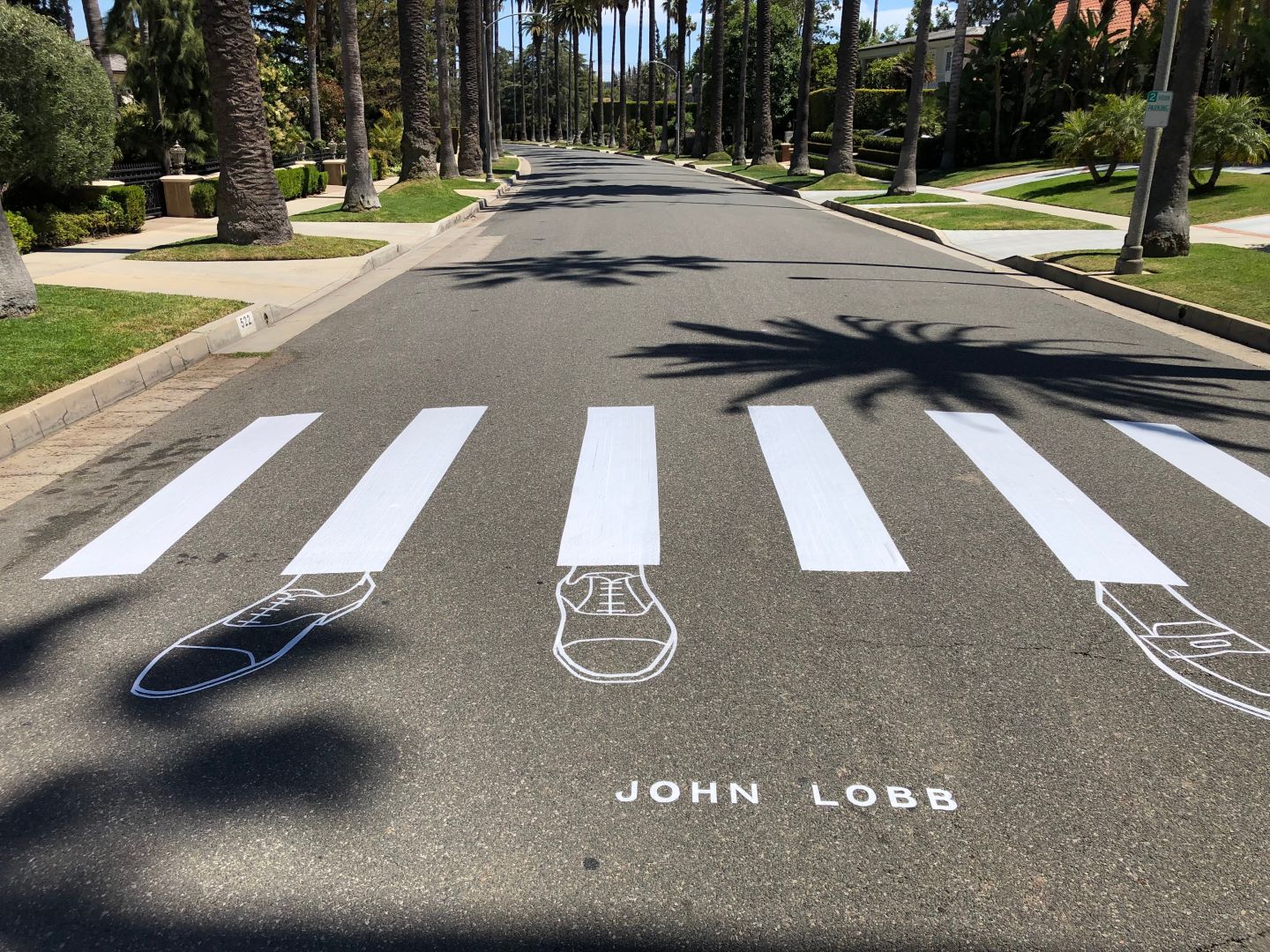

Any places to eat or things to do that you can share with our readers? If they have a friend visiting town, what are some spots they could take them to?
I would definitely take them to Little Tokyo in DTLA! It reminds me of the good old days of my childhood in Japan, but Little Tokyo has been influenced and shaped by other cultures and has developed its own unique community. Since 1900, many Japanese immigrants moved to Los Angeles and established their community. When WWII started, all Japanese Americans and Japanese immigrants were forcibly moved to internment camps by the US government. Little Tokyo’s Japanese community was temporarily replaced by the African-American community, who began referring to the area as Bronzeville as their culture flourished there. As a big fan of jazz music, I was fascinated to learn that many of my favorite legendary jazz musicians like Miles Davis and Charlie Parker performed in Little Tokyo during that time. Recovering from the effects of the war was a long process, but Little Tokyo kept growing. Today, located next to the DTLA Arts District, Little Tokyo is one of L.A.’s most popular multicultural areas. I would like to take my friends and family to the Japanese American National Museum, Far Bar, Fugetsu-Do, other local Japanese restaurants, bars and souvenir shops in Little Tokyo to share Japanese and Japanese American culture and history.


Who else deserves some credit and recognition?
My career as an artist could not have happened without my uncle’s existence and influence. My uncle decided to become a rock sculptor in his mid-30s after he was already married and had two children, and he went on to have a successful art career in Japan. He built his studio in the mountains, and my brother and I spent every summer with him there when we were children. He was a unique, unconventional, and distinctive adult who taught us a different way to live and to see the world. We lived in the mountains during summers without electricity or city water, catching fish, harvesting vegetables, taking baths in a river, carving rocks, hosting art events, and sleeping under the starry night sky. He taught me not only artistic practice but also about the universe. He told me a lot of meaningful and useful things, but the most memorable words were “it’s never too late” and “do what nobody else does.” He recently retired due to health issues, but he still gives advice to his apprentice and goes to his studio in the mountains. My life would have been so different without him, and I am so grateful that I had such an artistic adult in my life during my youth.
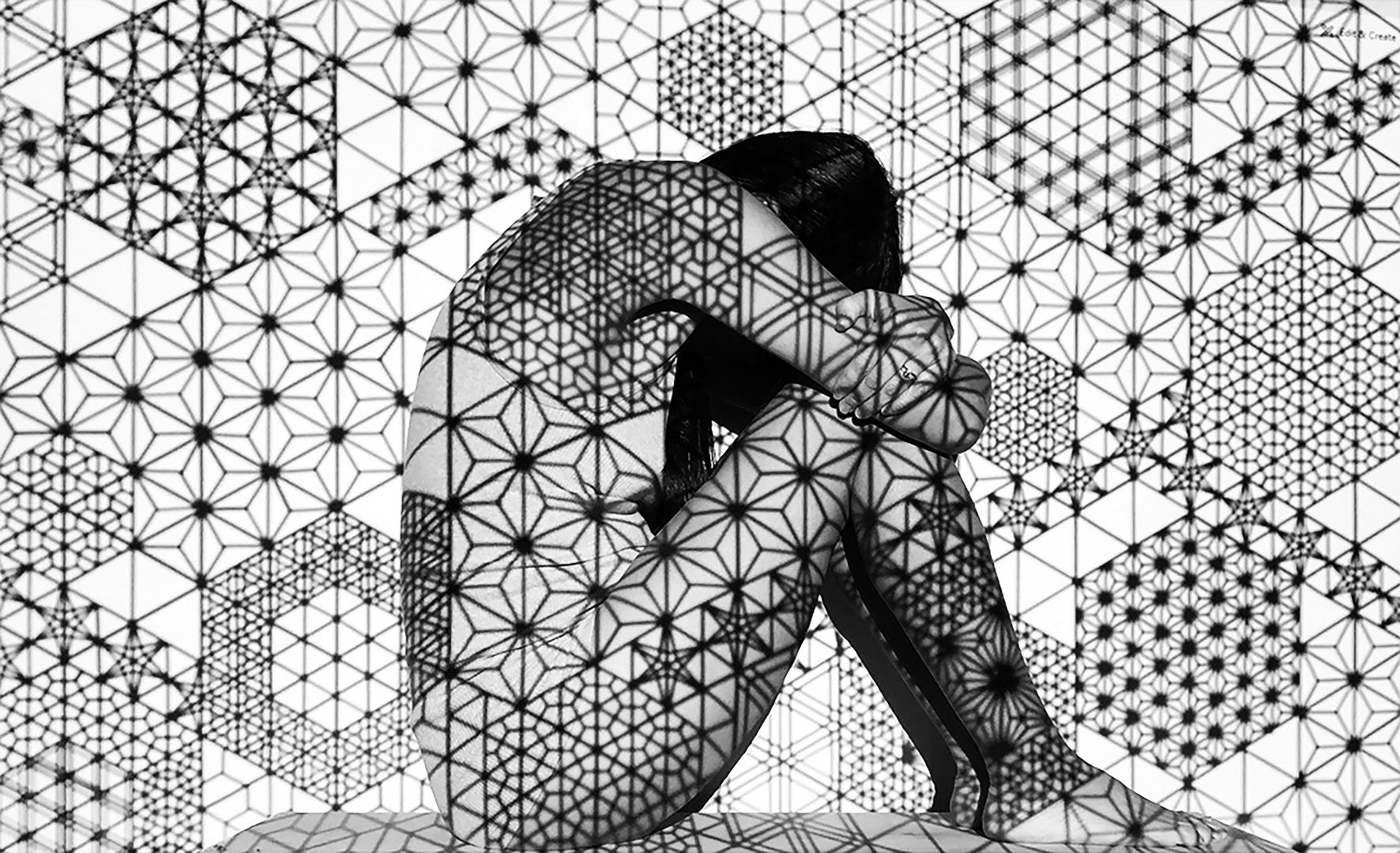
Website: https://chihoharazaki.com/
Instagram: https://www.instagram.com/chiho_harazaki/
Facebook: https://www.facebook.com/chihoart
Image Credits
the photo with dancers: @levelground
